Manually install Windows 11, 10, 8.1, 8 and 7 in LEGACY BIOS mode (old BIOS / MBR)
- Windows
- Windows 8 / 8.1, Windows 7, Windows 10, Windows 11
- 28 April 2025 at 09:25 UTC
-

- 2/3
3. Copy Windows installation files to desired hard drive or SSD
3.1. Use an MBR on the desired destination disk
Press "SHIFT + F10" to open the command prompt (cmd.exe) hidden in the Windows PE environment you are in. A black window will appear.
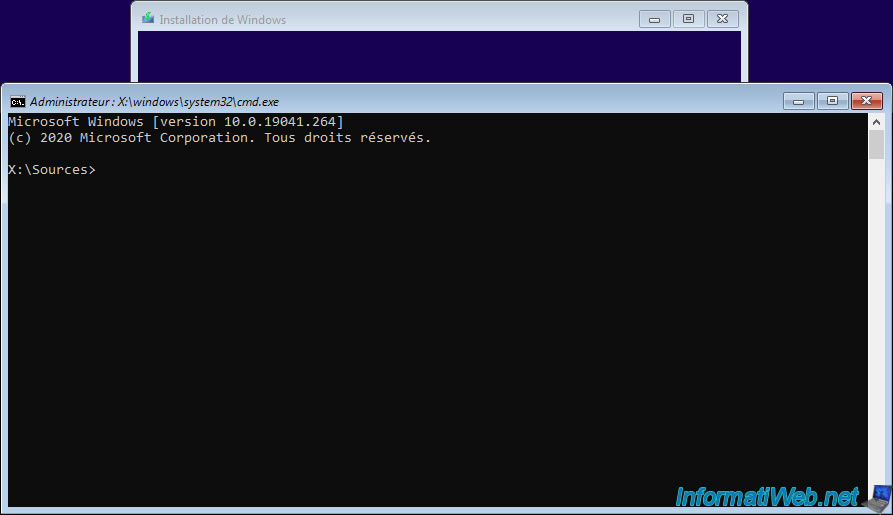
In this command prompt, launch the "DiskPart" tool which allows you to manage the partitions of your local disks (hard disks and SSDs).
Batch
diskpart
This will display:
Plain Text
Microsoft DiskPart version 10.0.19041.1 Copyright (C) Microsoft Corporation. On computer: MINWINPC DISKPART>
In this "DiskPart" tool (hence the "DISKPART>" prefix which will be displayed each time), display the list of disks available in your case by typing the command:
Batch
list disk
In our case, we only have one hard drive.
Note: this command displays the list of your physical disks and not the list of partitions created on them.
Plain Text
Disk ### Status Size Free Dyn GPT --------- ------------- ------- ------- --- --- Disk 0 Online 80 GB 80 GB
Select the disk where you want to install Windows.
In our case, disk 0.
Batch
sel disk 0
Plain Text
Disk 0 is now the selected disk.
If there is already data on it, delete all partitions on it by typing the command below.
Batch
clean
Plain Text
DiskPart succeeded in cleaning the disk.
Then, force the use of an MBR on this physical disk by typing the command:
Batch
convert mbr
Plain Text
DiskPart successfully converted the selected disk to MBR format.
First create the 100 MB system partition used by Windows in Legacy BIOS mode installation.
Source: Boot to a virtual hard disk: Add a VHDX or VHD to the boot menu | Microsoft Learn.
3.2. Create the 100MB system partition required for booting in MBR mode
Batch
create partition primary size=100
Plain Text
DiskPart succeeded in creating the specified partition.
Quickly format this partition in NTFS and name it "System".
Warning : this name is important. Do not change it.
Batch
format fs=ntfs label="System"
Plain Text
100 percent completed DiskPart successfully formatted the volume.
Assign the letter "S" to this partition.
Warning : again, the choice of the letter "S" is voluntary. Do not change it.
Batch
assign letter="S"
Plain Text
DiskPart successfully assigned the drive letter or mount point.
Set this partition as "active" to indicate to your motherboard that it is through this partition that your computer will be able to boot into Windows (in Legacy BIOS mode).
Batch
active
Plain Text
DiskPart marked the current partition as active
3.3. Create the partition where Windows is installed
Now that the 100MB system partition is created on your disk.
All you have to do is create a primary partition on the rest of this disk.
To do this, create the primary partition.
Batch
create partition primary
Plain Text
DiskPart succeeded in creating the specified partition.
Format this partition as NTFS and name it "Windows 10" (for example).
Note: the name doesn't matter this time, so indicate the version of Windows you want to install or just "Windows" if you want.
Batch
format quick fs=ntfs label="Windows 10"
Plain Text
100 percent completed DiskPart has formatted the volume.
Assign the letter "C" to this partition (for convenience).
Batch
assign letter="C"
Plain Text
DiskPart successfully assigned the drive letter or mount point.
Display the list of volumes available in your case and locate the CD/DVD drive letter corresponding to your Windows installation DVD.
Batch
list vol
In our case, our CD/DVD drive has the letter "D".
Plain Text
Volume ### Ltr Label Fs Type Size Status Info ---------- --- ----------- ----- ---------- ------- --------- -------- Volume 0 D CCCOMA_X64F UDF DVD-ROM 5046 MB Healthy Volume 1 S System NTFS Partition 100 MB Healthy Volume 2 C Windows 10 NTFS Partition 79 GB Healthy
Then, exit DiskPart to return to the command prompt (cmd.exe).
Batch
exit
Plain Text
Quit DiskPart...
The command prompt (cmd.exe) prefix "X:\Sources>" reappears instead of the DiskPart prefix "DISKPART>".
Plain Text
X:\Sources>
3.4. Copy Windows installation files to desired destination disk
Depending on your Windows installation DVD, the Windows installation image file may be in "WIM" format (standard format) or "ESD" format (compressed format).
To find out which file you have, use the command below, changing the letter "D" to the letter of your CD/DVD drive.
Batch
dir D:\sources\install.*
Plain Text
Volume in drive D is CCCOMA_X64FRE_FR-FR_DV9
Volume Serial Number is XXXX-XXXX
Directory of D:\sources
11-05-20 07:45 4,494,699,121 install.wim
1 File(s) 4,494,699,121 bytes
0 Dir(s) 0 bytes free
To find out which editions are present in your installation file (install.wim or install.esd), use this command:
Batch
dism /Get-WimInfo /WimFile:D:\sources\install.wim
Plain Text
Deployment Image Servicing and Management and tool Version: 10.0.19041.1 Details for image : D:\sources\install.wim Index : 1 Name : Windows 10 Home Description : Windows 10 Home Size : 14,249,378,371 bytes ... Index : 6 Name : Windows 10 Pro Description : Windows 10 Pro Size : 14,488,259,293 bytes
Locate the index corresponding to the edition you want to install.
Important : you must use the edition that matches your Windows serial number.
Otherwise, your serial number will not be valid.
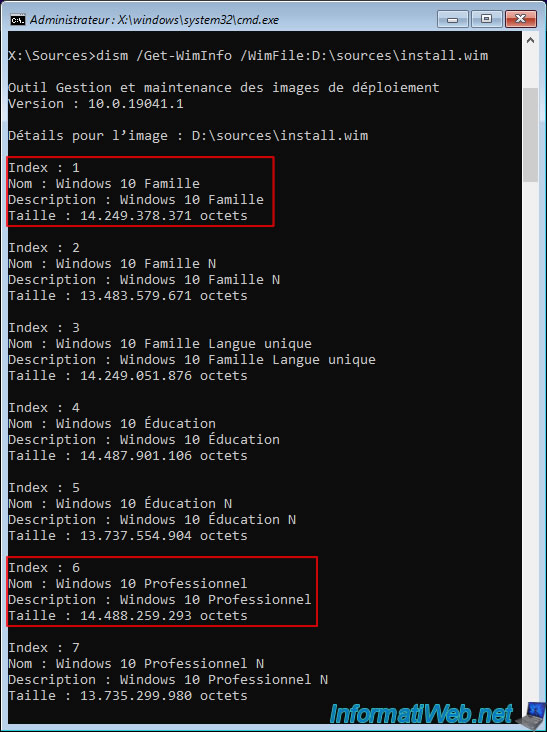
If you used the "Hiren's BootCD PE" live CD and want to install Windows 8 or 7, you will notice that this command works too (since the "dism" command used is the one from Windows 10).
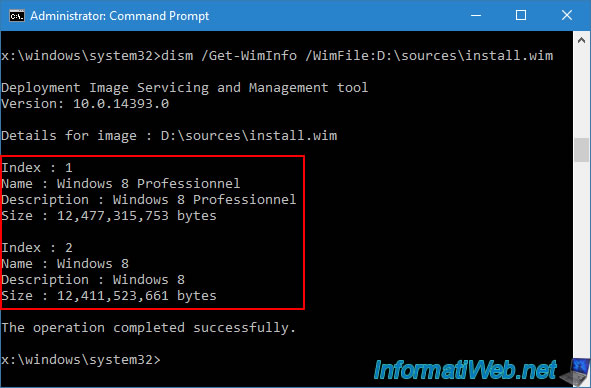
In our case, we will install the "Windows 10 Pro" edition by specifying the index "6" in the command below.
- /Apply-Image : allows you to apply the desired installation image.
- /ImageFile:D:\sources\install.wim : allows you to indicate the path to the "install.wim" or "install.esd" file present on the Windows installation DVD (which in our case has the letter "D").
- /Index:6 : allows you to indicate which edition you want to install (see previous image for the correspondences between the index and the desired edition).
- /ApplyDir:C:\ : allows you to indicate that the installation image must be deployed on the "C" partition in this case.
Which corresponds to the primary partition created on your hard drive or SSD.
Batch
dism /Apply-Image /ImageFile:D:\sources\install.wim /Index:6 /ApplyDir:C:\
Please wait while the Windows installation files are copied to your hard drive or SSD.
Plain Text
Deployment Image Servicing and Management and tool Version : 10.0.19041.1 Applying the image [====== 12.0% ]
Once the installation is complete, you will see the message "The operation completed successfully".
Plain Text
Applying the image [==========================100.0%==========================] The operation completed successfully.
Important : to boot Windows 11, 10 or 8.1 in Legacy BIOS mode, create the boot files in the system partition (with the letter "S" and named "System") using the command below.
Batch
bcdboot C:\Windows /s S: /f BIOS
Plain Text
Boot files successfully created.
Warning : if you booted from the "Hiren's BootCD PE" live CD to manually install Windows 8, the "bcdboot" program (x:\windows\system32\bcdboot.exe) that will be used by default will be the one from the Windows PE environment of this live CD.
In other words, the "bcdboot" program that will be used by default will be the one from Windows 10.
However, you must use the one from Windows 8 so that the system files that will be created correspond to the version of Windows that you are trying to install manually.
To do this, use the command below rather than the previous one.
Note: the path "C:\Windows" in this case refers to your Windows 8 installation that you just deployed from the corresponding "install.wim" image.
Batch
C:\Windows\system32\bcdboot C:\Windows /s S: /f BIOS
Plain Text
Boot files successfully created.

If you chose to manually install Windows 7 using the "Hiren's BootCD PE" live CD, you will need to use the "bcdboot" command a little differently, as the "/f" parameter does not exist.
To create the boot files in BIOS mode, you will therefore need to use the command below.
Batch
C:\Windows\system32\bcdboot C:\Windows /s S:
Plain Text
Boot files successfully created.

Close the command prompt and the installer by clicking on the cross located at the top right.
Remove the Windows installation DVD from your CD/DVD drive and confirm the closing of the Windows installer by clicking Yes.
Plain Text
Are you sure you want to cancel Windows installation?
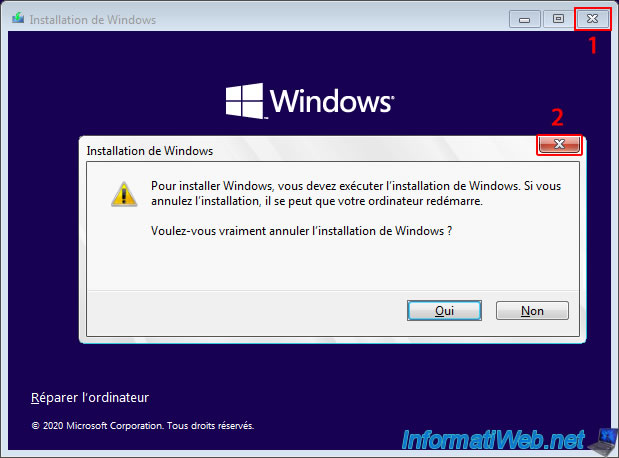
If you used the "Hiren's BootCD PE" live CD, open the start menu and click "Restart" to restart your computer.
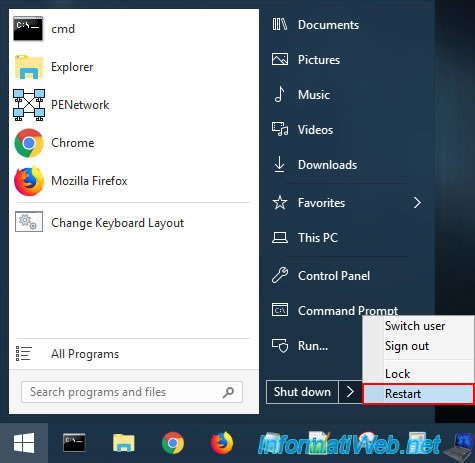
Share this tutorial
To see also
-
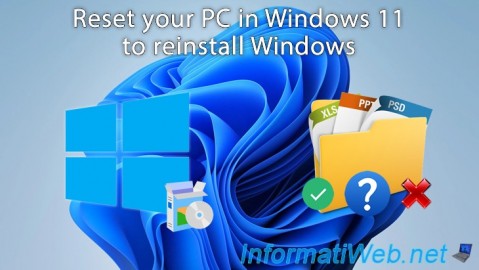
Windows 10/24/2022
Windows 11 - Reset your PC
-
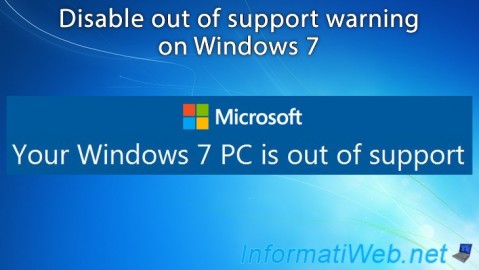
Windows 12/25/2020
Windows 7 - Disable out of support warning
-
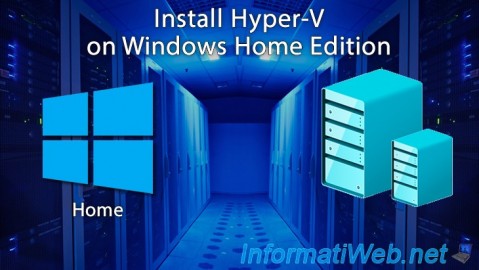
Virtualization 1/29/2024
Windows 8 / 8.1 / 10 / 11 - Install Hyper-V on Windows Home Edition
-
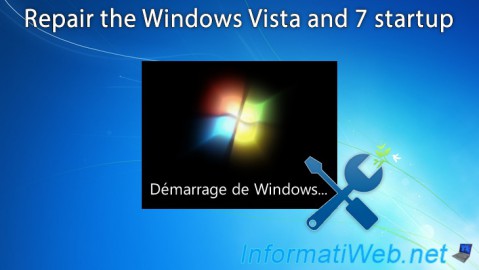
Windows 11/20/2012
Windows Vista / 7 - Startup repair
No comment